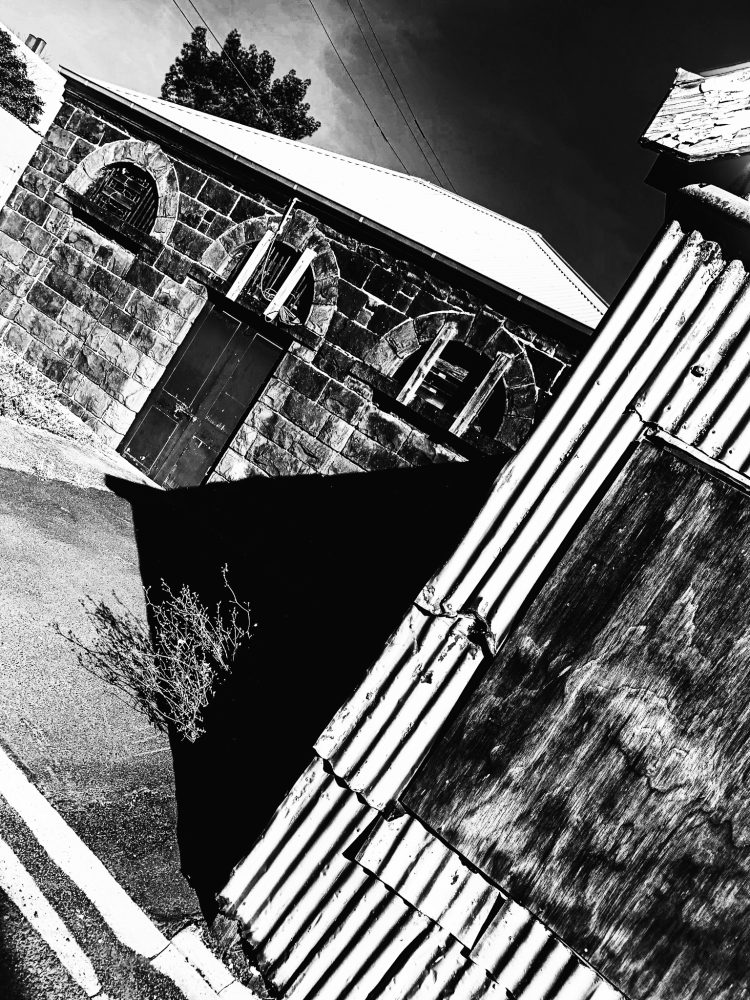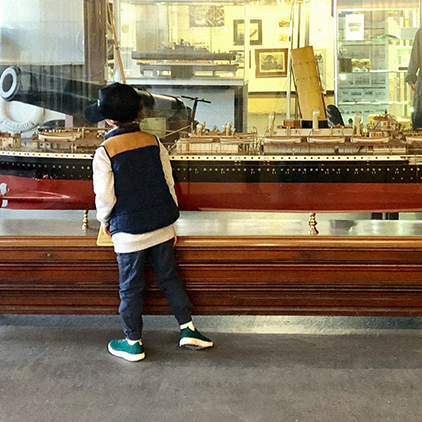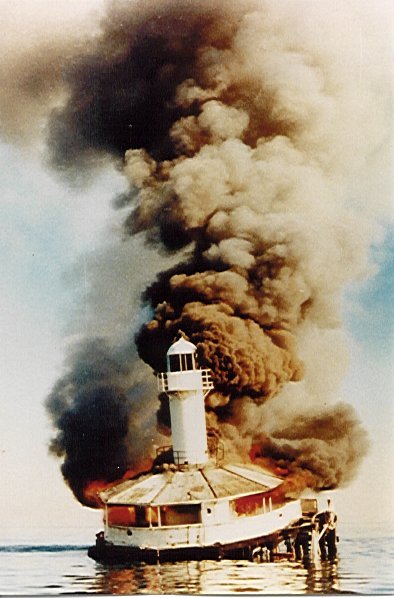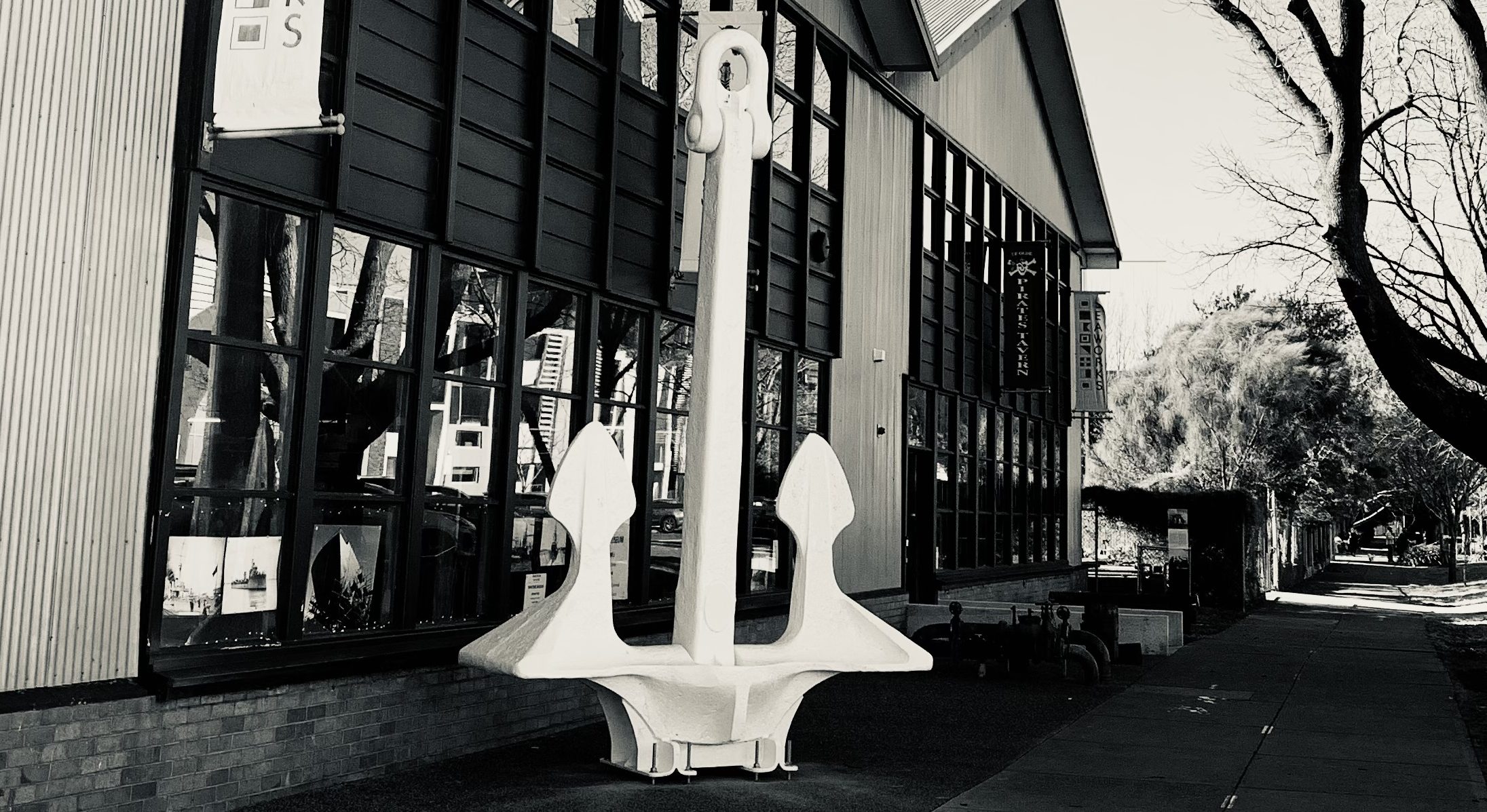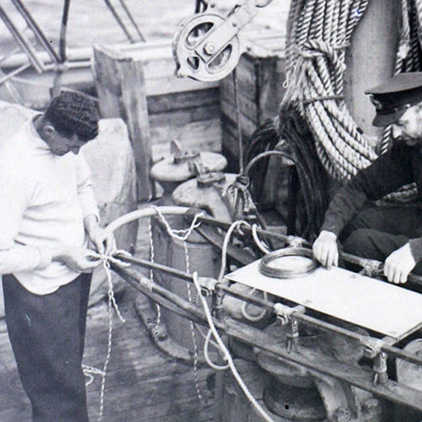Living History: The Story of the Former Williamstown Morgue
In the heart of Williamstown, Victoria, stands a silent sentinel to the past, the historic morgue. Built in 1859, this bluestone structure has borne witness to the ebb and flow of life and death in the seaside town.
Originally situated near Gem Pier, the morgue was moved twice before finding its final “resting place” at what is now Seaworks on Ann Street in 1873. Its strategic location at the water’s edge allowed for the efficient disposal of autopsy waste into the sea and the easy transfer of bodies retrieved from the water or visiting ships.
The Williamstown Morgue is not just a relic of the past; it is a living testament to the history of Melbourne and Victoria. As one of the oldest surviving morgue in Melbourne and the first of its kind in Victoria, it holds a unique place in the town’s history.
One particularly poignant story is that of the contractor who moved the morgue to its current location. Tragically, he was struck by a train shortly after completing the job, becoming the morgue’s first resident in its new location.
Over the years, the morgue became a source of controversy, viewed as an eyesore and a threat to public health. Early local newspapers documented efforts to hide the structure from public view with picket fences and trees, but the smell made it difficult to conceal.
Despite its humble beginnings, the morgue carries a hidden “trademark” on its bluestone walls—a clear indication of its construction by convicts, adding to its historical significance.
In 1925, due to poor sanitary conditions and concerns about occupational health, the morgue was closed. However, its legacy lives on through preservation efforts supported by grants such as the Westgate Tunnel Partnerships Grant. With a generous contribution of $150,000, these funds are instrumental in preserving the Former Williamstown Morgue as a historical landmark at Seaworks, ensuring that its story continues to be told for generations to come.
As we stand before this silent witness to the past, we are reminded of the lives that once passed through its doors and the stories that continue to echo within its walls. The Williamstown Morgue is not just a building; it is a living history, a tangible link to our past that must be preserved for the future.

